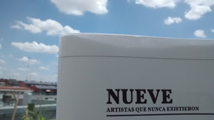
In CA2M library we want to invite all writers, theorists, historians and artists to share and experiment the fascination fostered by artistic writing. For six sessions we will write using artistic projects as a starting point, and we will learn the strategies used by different creators.

The strategy might be homespun but the consequences can be industrial. Go into McDonalds. Buy two cheeseburgers. Take the meat from one of the burgers and put it in the other … Voilà! You have a Double Cheese at the economic price of two cheeseburgers. And as a leftover extra, you have a bun to be filled with whatever you want!
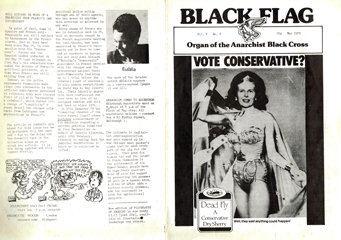
In 1979, shortly after the date established by Malcolm McLaren as the beginning of punk, a pioneering essay by Dick Hebdige was published, Subculture. The Meaning of Style. In this text, contemporary to some of the movements he wanted to study, Hebdige adopted the methodology of Cultural Studies, which breaks down the hierarchies that separate High and Low Culture, in order to examine how the Post-World War II subcultures in Great Britain had been born, and to define the strategies they had followed in opposing the established order.
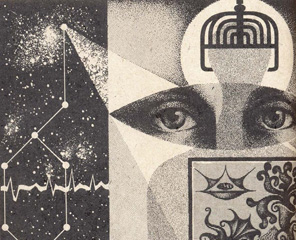
In this third season of the reading group scheduled over ten evenings between February and June 2017, we will take our starting point in stories by Ursula K. Le Guin and Octavia Butler, as well as Ted Chiang, Clarice Lispector and Macedonio Fernández.
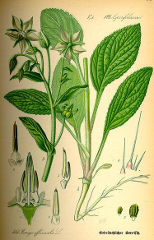
In 2018 we are introducing a publishing project in conjunction with the printers ROMA. Together we wish to think about some of the practices proposed by the art centre’s Department of Education and Activities and to then share them in printed format.
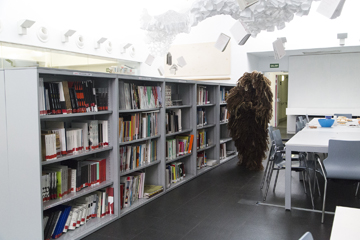
Delicious Monster proposes conversations and readings within the confines of science fiction, terror and fantasy short stories that rethink some of the guises taken by the “monster”, especially those related with women: mermaids, medusas, witches, bearded women, cripples, outcasts...

Las Jornadas de Estudio de la Imagen intentan ser un lugar de discusión y reflexión alrededor de asuntos relevantes para la configuración del sujeto contemporáneo. En este marco, la historia y la memoria tienen actualmente una fuerza y visibilidad que desborda la esfera académica y constituyen un vivo debate social y cultural. La Historia oficial, única y lineal se ha quebrado para dar origen a memorias múltiples, reivindicadas como identidad y como conjunto de valores políticos y culturales.
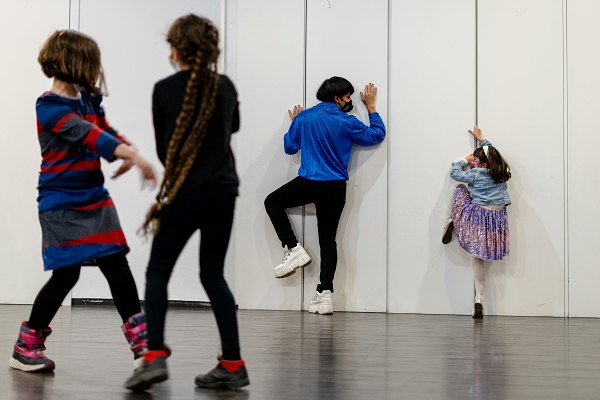
THIS IS THE STORM CREATED BY THE SOUNDS OF THE SHOES BELONGING TO THE GIRLS WHO COME TO DANCE IN OUR NEIGHBOURHOOD